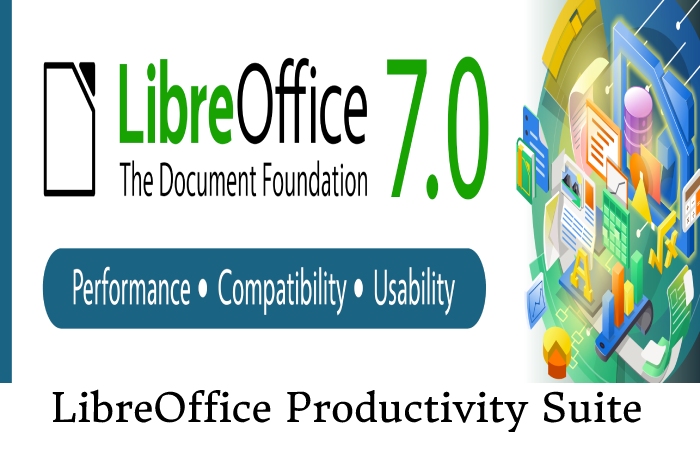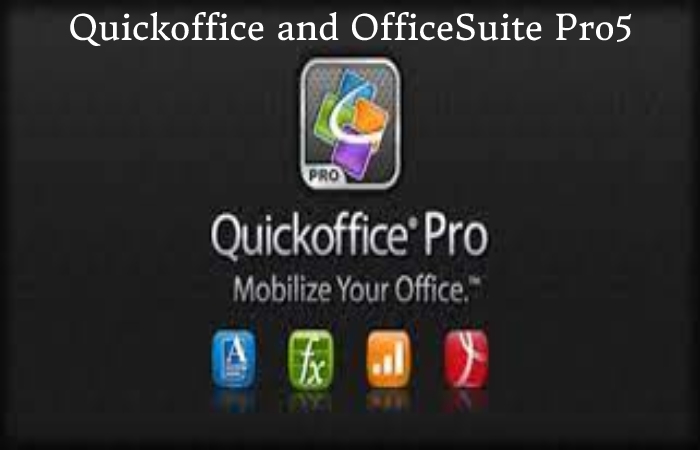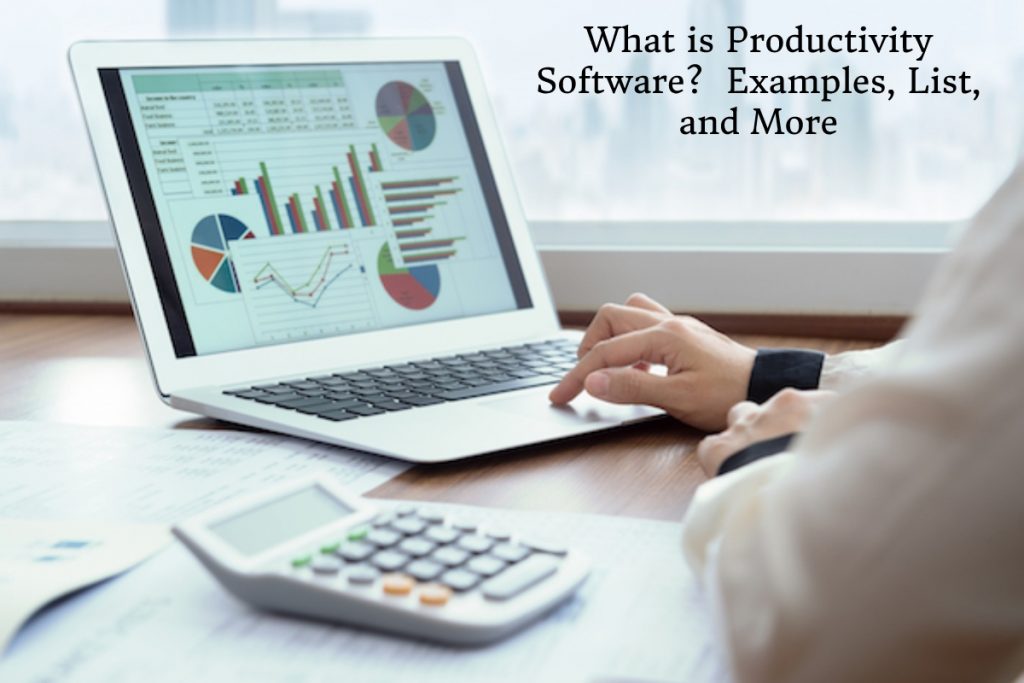What is Productivity Software?
Productivity software (also known as personal productivity software or office productivity software) is application software used to create information (such as documents, presentations, worksheets, databases, charts, graphs, digital paintings, electronic music, and digital video).
It owes its name to the fact that it increases the productivity of individual office workers in particular, from typists to knowledge workers, although its scope now extends much further. Office suites, which brought word processors, spreadsheets, and relational database programs to the desktop in the 1980s, are the prominent example of productivity software.
In the 2010s, productivity software consumes even more than it already finishes as computers became increasingly integrated into everyday private life.
Examples of Productivity Software
Productivity software is a tool like Excel, PowerPoint, Word, Kid Pix, Publisher, and many more.
These programs enhance a teacher’s lesson plan and allow them to take their students beyond boring textbooks and lectures. For example, Excel is a productivity tool that can be very useful in math and science classroom situations.
Excel can change numerical data and display it in a diagram in seconds. The technique allows the teacher to show the difference in an experiment or survey results using a graph or table.
This visual image is as important as the numerical data. Some children are visual learners and may not understand the difference in data without looking at it in a chart or graph.
Well, indeed, a teacher does not need a computer program to create a graph, but drawing the chart would take a lot of time and class time that we use to learn other important lessons.
The time issue in this situation is a perfect example of why productivity tools are so important. They allow us to increase the information teachers teach their students in less time than ever. PowerPoint is another excellent example of productivity software.
Specifying word for word what the student should write is tedious and also time-consuming.
List of Productivity Software
Google apps for business: The Google Office suite includes a selection of Office productivity tools, including advanced business versions of Gmail, Google Talk, Google Calendar, Google Docs, Google Sites, and Google Video. Different pricing options are available depending on their business size, and a free trial for a limited time is also available.
1. LibreOffice Productivity Suite

This free office productivity pack comes from the nonprofit The Document Foundation. Applications include Writer, Calc, Impress, Draw, Base, and Math. Since it is free, support comes mainly from the user and developer community. The license for this suite is LGPL, which means it can be adjusted as needed.
2. Open Office
Another free office productivity suite included in this suite is Writer, Calc, Impress, Draw, Base, and Math. Oracle is OpenOffice’s largest code provider, but other large companies also contribute. For technical support, they offer a forum and an FAQ site as well as a user manual.
3. Microsoft Office
The Microsoft Office suite offers a wide variety of settings, from home use to student use; businesses of all sizes can use that. Depending on the configuration, the applications in the suite can change, but in general, it contains at least Word, Excel, PowerPoint, Outlook, and OneNote. The suite isn’t free (although some versions may have a free trial), but there are many free templates on Microsoft’s website.
4. WordPerfect Office X5
Another office productivity pack that offers multiple configurations based on customer needs. The home and student versions include software for word processing, spreadsheets, presentations and slides, and a digital notebook. Free trials are available, although the Productivity Pack isn’t free. Some templates are available. Also, Support plans are available, and there is also a knowledge base with frequently asked questions.
5. Zoho
Zoho offers various productivity software tools, but they are not all grouped in one suite as far as I could see. At the time of publication, Zoho products were free for personal use, although the website indicated that commercial and business users might charge. Some Zoho tools that might be of particular interest are Writer, Sheet, Show, and Calendar. Assistance is available.
6. Quickoffice and OfficeSuite Pro5

While these apps are not Office suites, they do provide the ability to access your Microsoft Office files from your mobile device. For self-employed people on the go, that means mobility. OfficeSuite Pro5 specially design for Android Market. Quickoffice can work with a wide variety of mobile devices.
7. PlusOffice Free 3.0
A free software package base on OpenOffice. Use this on Windows 7 / Vista (no Mac version shown). The suite includes an editor, spreadsheet, presentation package, and many more. Also, compare with commercial packages.
8. IBM (r) Lotus (r) SmartSuite (r)
The suite costs money, but IBM also supports the product. It includes Freelance Graphics (r), Word Pro (r), and Approach (r). Also, additional software options are available at an additional cost.

